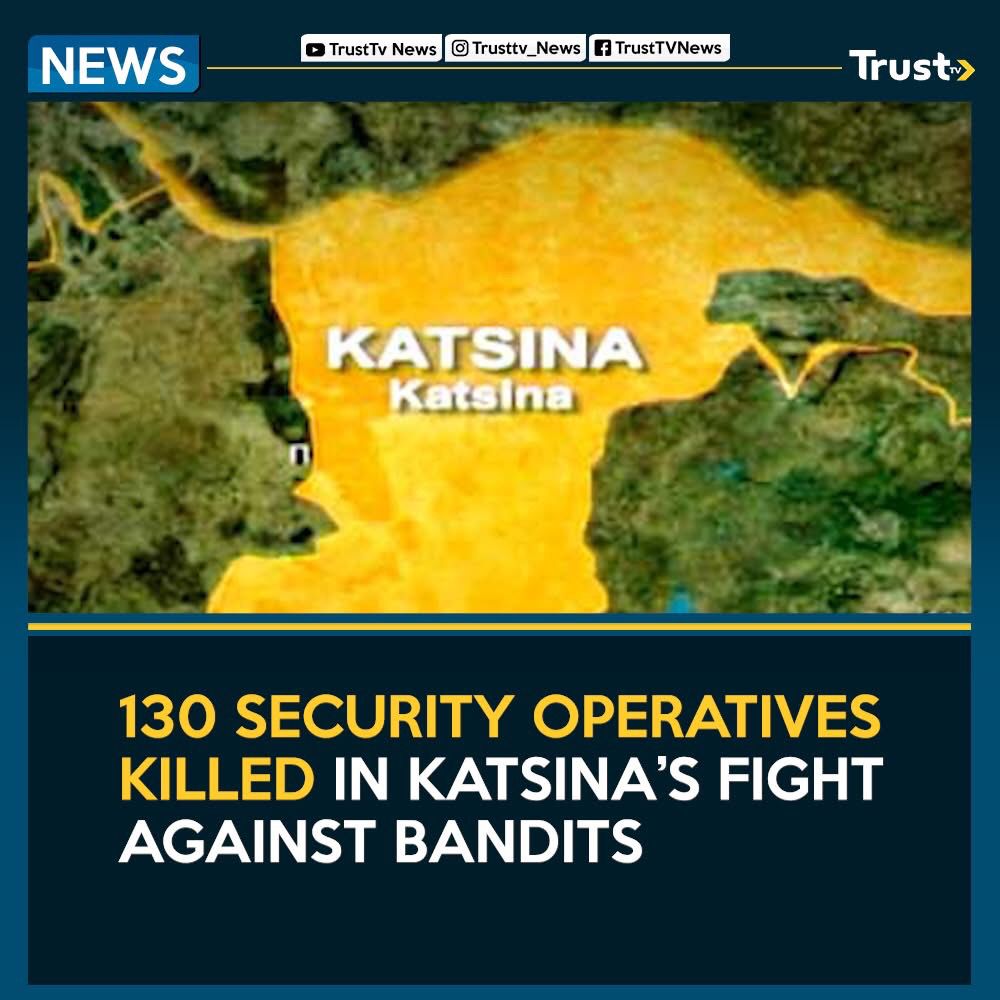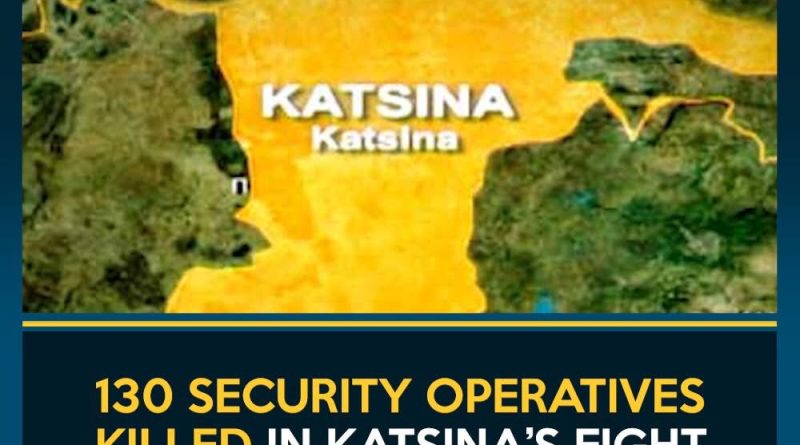Recommendations To Minimize Casualties In Forest Guard Operations
By Isaac Abrak
In light of the alarming casualty statistics resulting from vigilantes combating violent groups in the forest, for example this report from today’s Daily Trust Newspaper— “According to Dr. Nasir Muazu, Commissioner for Internal Security, more than 100 Community Watch Corps members and over 30 police officers were killed while safeguarding communities” —it is crucial to reconsider and refine the operational strategy for the Forest Guard initiative. The following recommendations are proposed:
1. Enhanced Training and Orientation
Forest Guard personnel, particularly those drawn from community-based outfits like the Community Watch Corps, must undergo adequate, standardized training focused on intelligence gathering, tactical communication, and emergency response. This will equip them with the necessary skills to operate efficiently and safely in high-risk environments.

2. Clear Operational Boundaries
The Forest Guard must clearly understand their role as support units rather than combat forces. Engaging in full-scale combat should be strictly avoided, When faced with heavily armed threats or terrorist encounters, they should immediately relay intelligence to the military, who are better equipped in terms of weaponry, tactics, and firepower to neutralize such threats.
3. Context-Specific Deployment
The operational model of the Forest Guard must be tailored to the peculiar security dynamics of each region. For instance:
In the Northeast (e.g., Sambisa Forest) where threats are fully militarized, Forest Guards should function strictly as intelligence operatives and avoid direct confrontation.
In regions like Kaduna, Benue, or Plateau, where banditry and herder-farmer conflicts are more prevalent, Forest Guards can adopt a community patrol model focused on early warning and containment.
4. Clear Chain of Command and Communication
A robust coordination structure should be established between the Forest Guard, the military, police, and other security agencies. This ensures swift and accurate intelligence sharing, reducing the likelihood of unauthorized or dangerous engagement.
5. Complementary Role to the Military
It must be emphasized that the Forest Guard serves a complementary, not substitutional, role to the armed forces. Their purpose is to support and not replace professional combat operations. This distinction will help prevent unnecessary loss of life due to misjudged confrontations.
6. Gradual Integration and Assessment
Deployment should be phased and constantly reviewed, with feedback loops to adjust strategy based on emerging threats and field experiences. This ensures that the Forest Guard evolves as a smart, adaptive, and protective force rather than an exposed frontline unit.
The structure and function of the Forest Guard should be designed through a collaborative framework involving the military, Police, DSS, other security agencies, and Traditional Rulers—who are the natural custodians of the forests.
Isaac Abrakis a Hostile Environment Journalist, a One Nigerianist, and Chairman of the Northern Christian Youth Professionals.
isaaclinus@gmail.Com
28/7/2025




